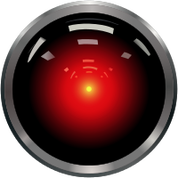
- Willem -
* A space elevator is a really interesting concept that would make bringing stuff up into space orders of magnitude cheaper than it is now (in energy and likely also in money).
** We once participated in an AI building contest for Open TTD, where we built a very mean AI together with our good friends Otto and Marnix.

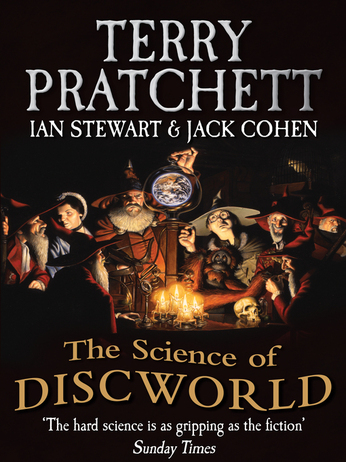
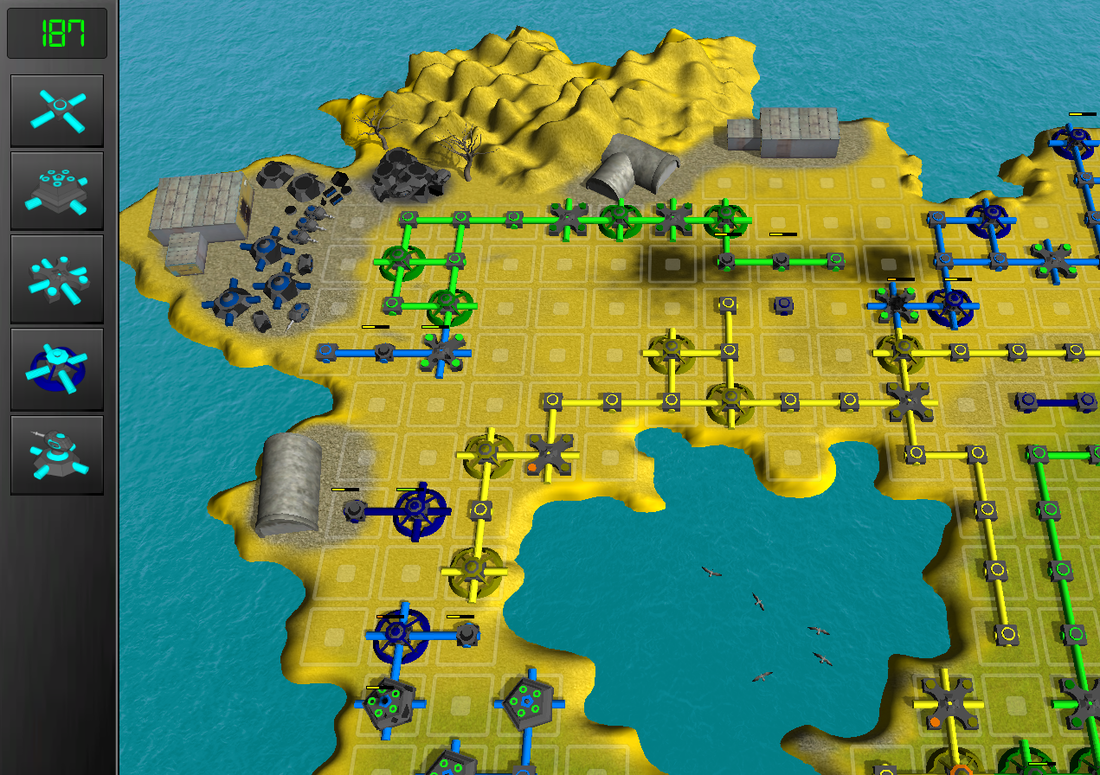
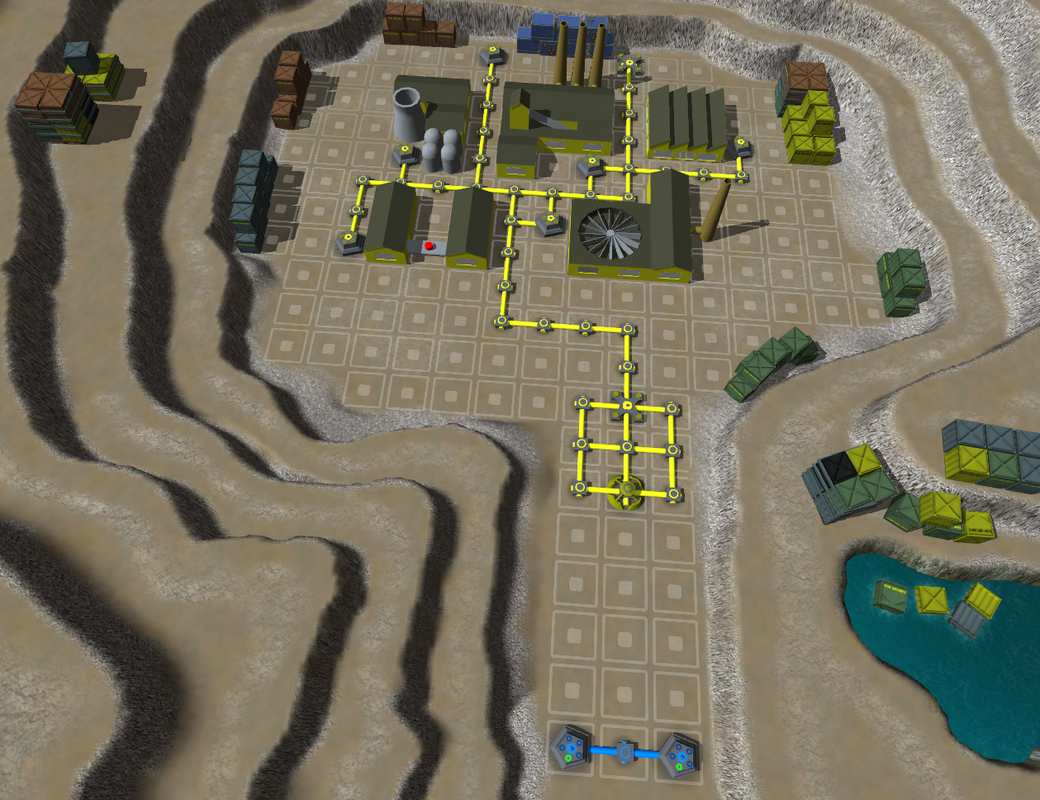
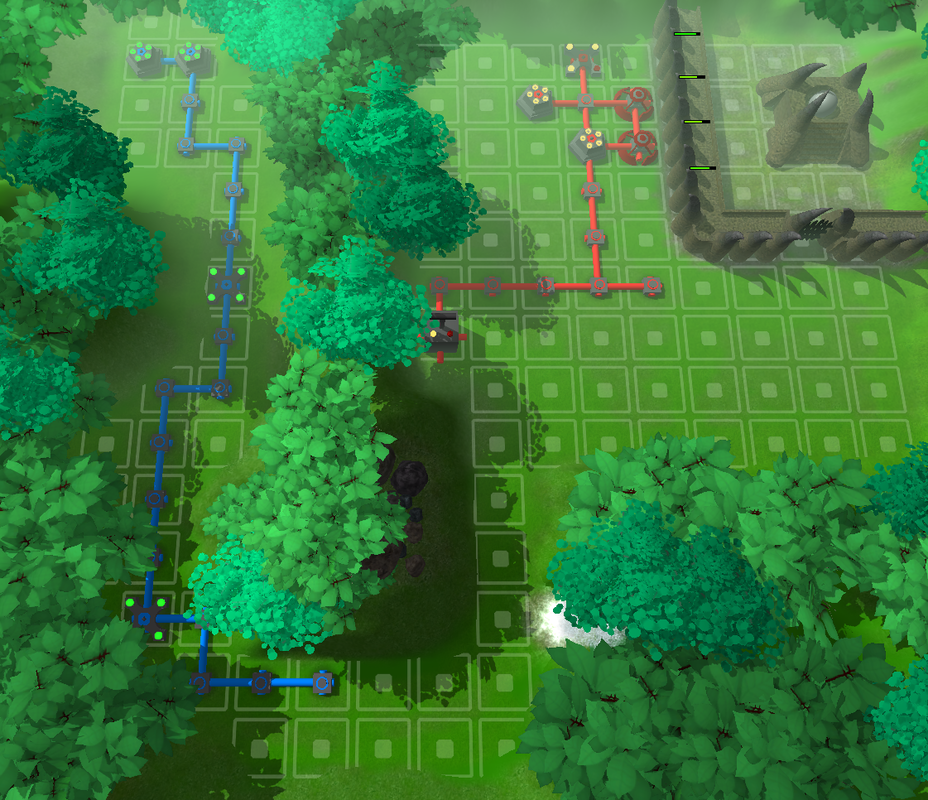


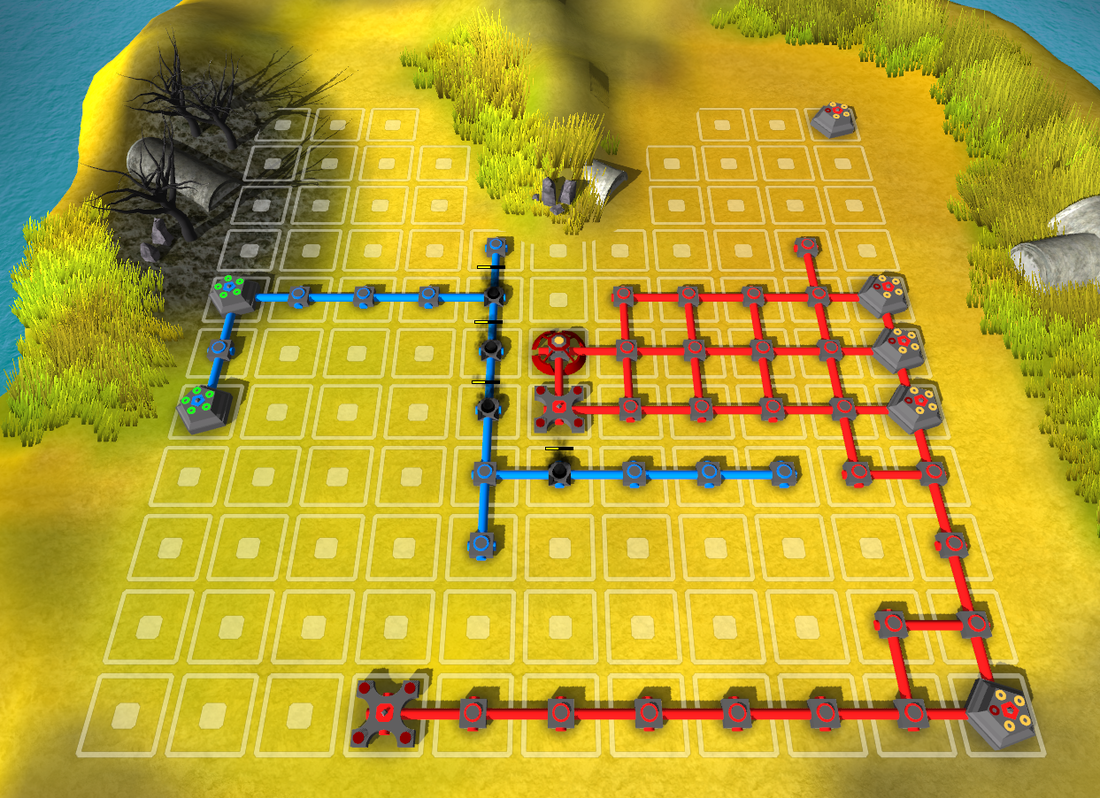
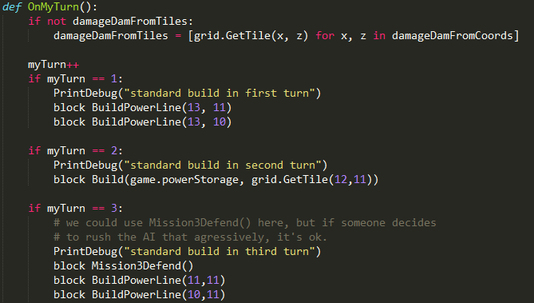
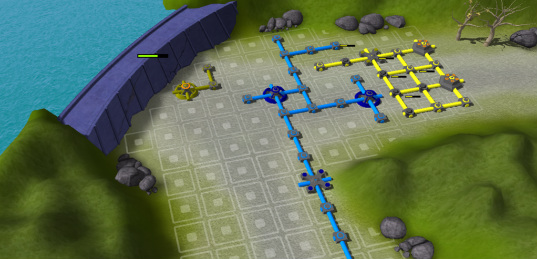

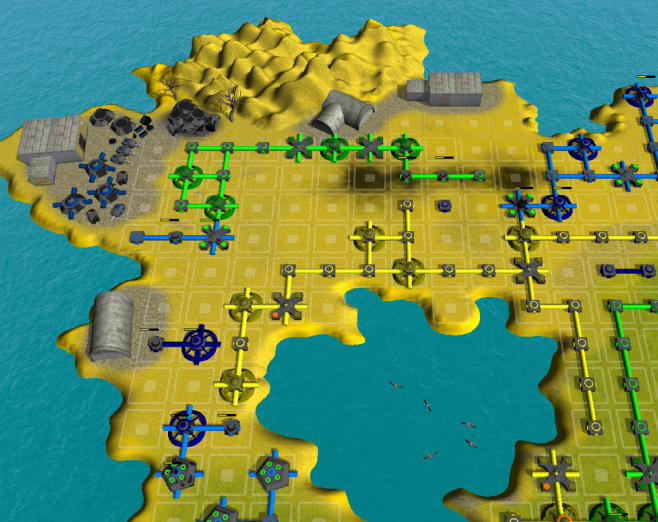

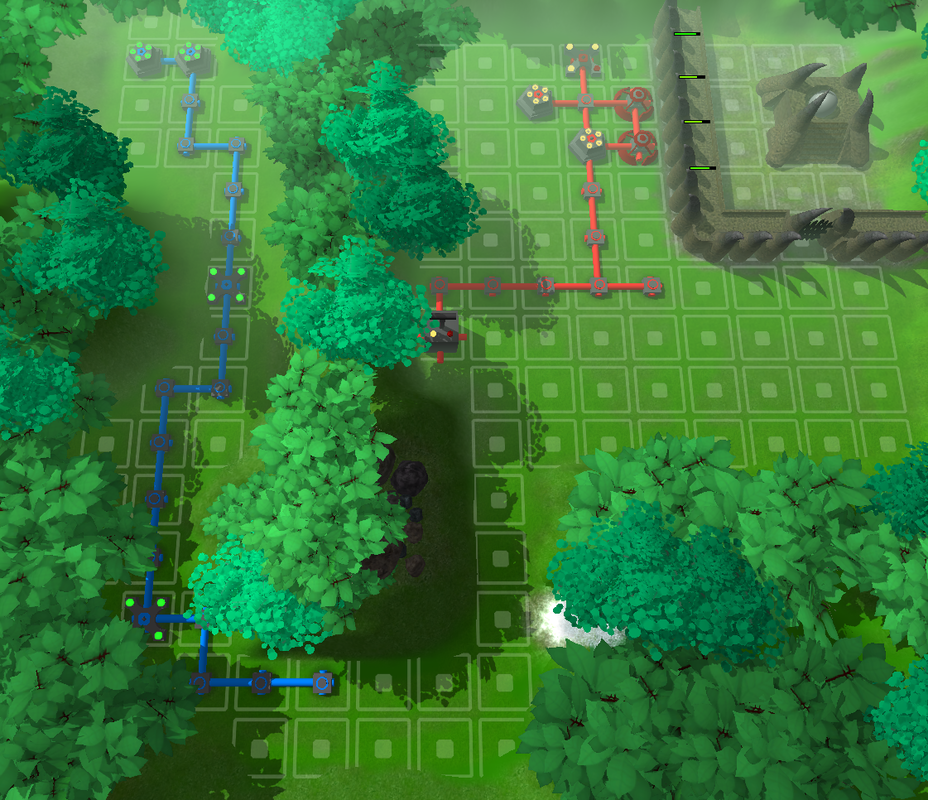
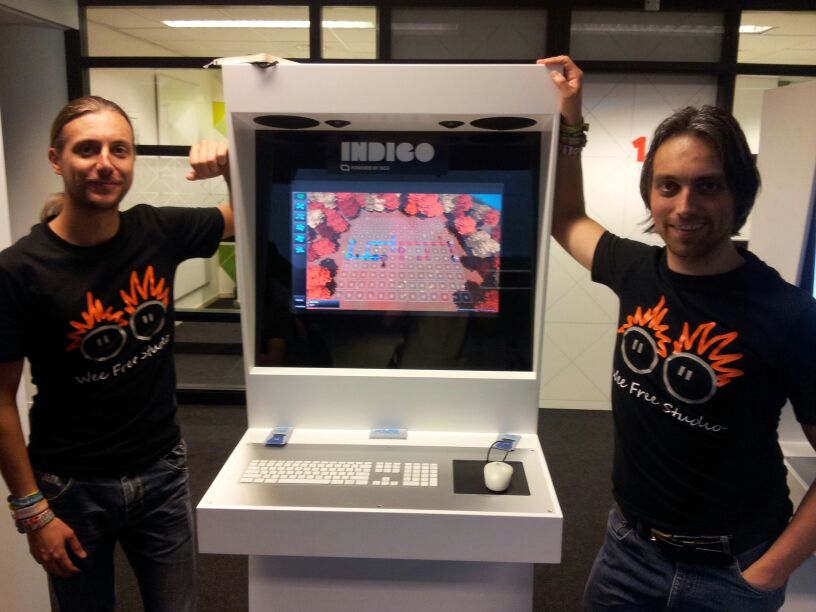
 RSS Feed
RSS Feed